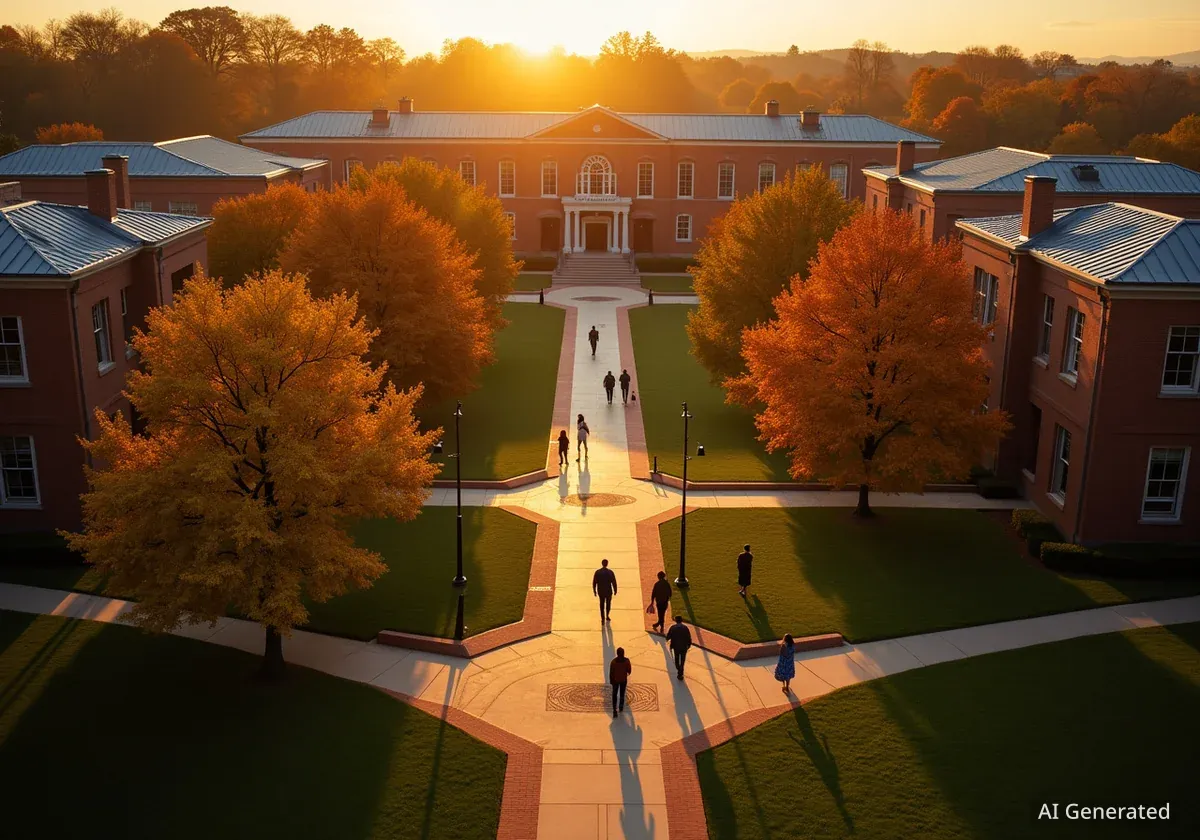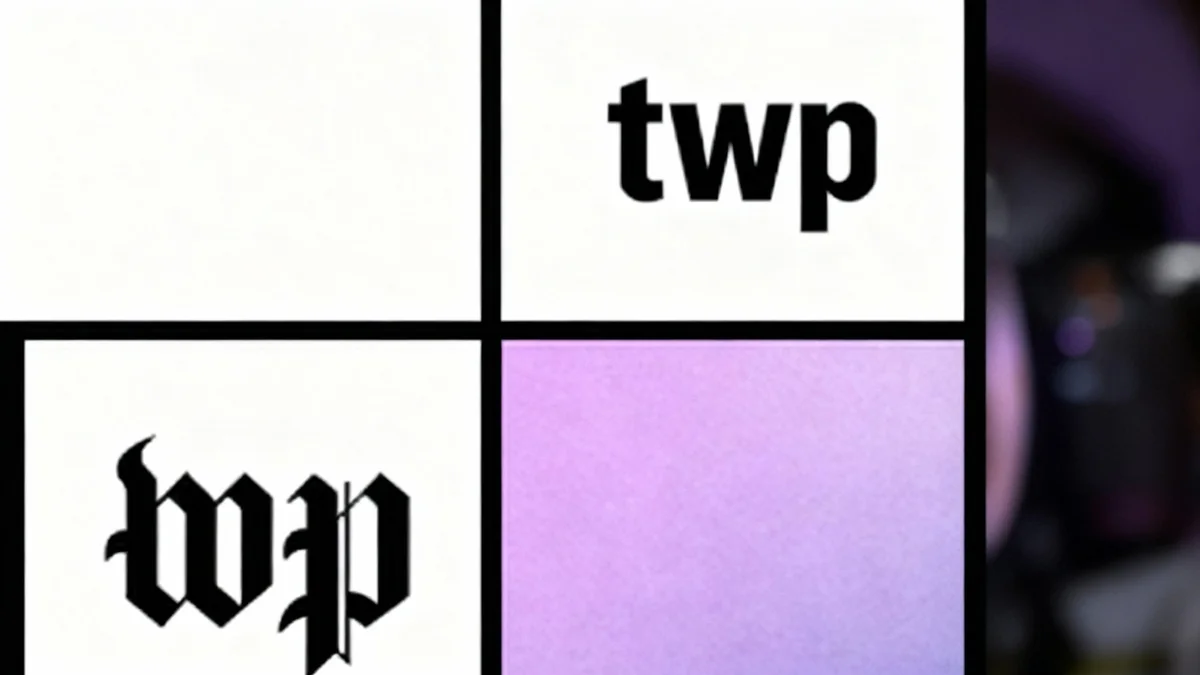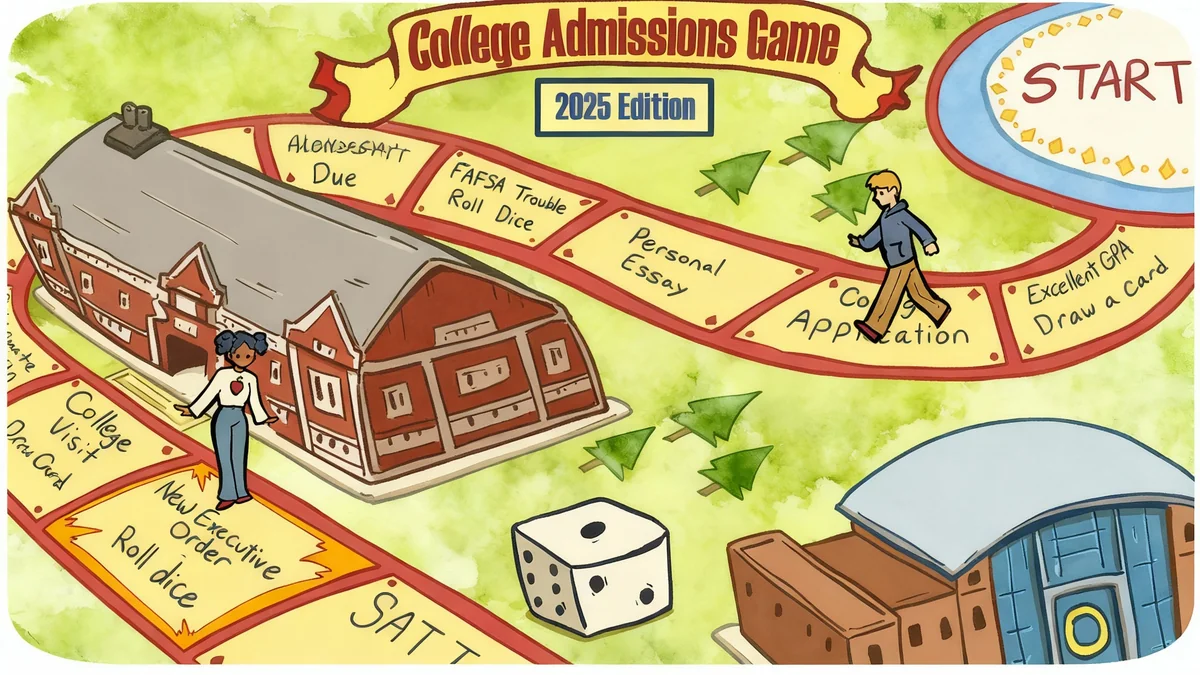The Universities of Wisconsin system has recorded its third consecutive year of enrollment growth, a trend not seen since 2010. The latest figures for fall 2025 show a total of 164,626 students across the system, an increase of 190 students compared to the previous year. This growth is largely driven by a significant rise in new freshmen from within the state.
UW President Jay Rothman described the milestone as a moment "worth celebrating," highlighting the system's role in developing Wisconsin's future workforce. The data, based on 10th-day enrollment figures, provides a comprehensive look at the health of the state's public university system, revealing both areas of success and ongoing challenges.
Key Takeaways
- Overall enrollment in the Universities of Wisconsin system increased for the third consecutive year, reaching 164,626 students.
- Wisconsin resident new freshman enrollment saw a record 5.5% increase.
- Nine of the 13 UW universities experienced individual enrollment growth.
- A significant 7.6% decline in international student enrollment has tempered overall growth.
- Campus closures impacted some universities' total numbers, but freshman and graduate student figures show signs of stability.
State Initiatives Fuel Freshman Boom
A key factor behind the positive enrollment trend is a record-setting 5.5% increase in new freshmen who are Wisconsin residents. This surge is the largest of its kind on record for the UW system. University officials credit targeted state-focused initiatives for making higher education more accessible.
Programs like Direct Admit Wisconsin and the Wisconsin Tuition Promise have been instrumental. Direct Admit simplifies the application process for qualified high school students, while the Tuition Promise, funded by the UWs and Ascendium, provides financial support to students from lower-income families.
"Direct Admit Wisconsin and the Wisconsin Tuition Promise have opened doors for more students across the state," UW President Jay Rothman stated. "These initiatives are driving broad-based growth that reflects our commitment to serving all Wisconsinites."
Rothman emphasized the importance of this homegrown talent pipeline for the state's economy. “These are the future teachers and engineers and nurses and data scientists and so forth, that will help drive Wisconsin’s economy forward and help the state win the war for talent,” he added.
By the Numbers: UW Enrollment
- Total Students (Fall 2025): 164,626
- Year-Over-Year Increase: 190 students
- WI Resident Freshman Increase: +5.5%
- International Student Decrease: -7.6%
International Enrollment Declines Amid Uncertainty
While domestic enrollment shows strength, the overall growth was moderated by a notable 7.6% decline in international students. This drop presents a significant challenge for the university system, impacting both campus diversity and revenue streams.
President Rothman attributed this downturn to global and national factors. He pointed to a climate of uncertainty that may be deterring students from choosing to study in the United States. Specifically, he mentioned potential changes in immigration policy and significant backlogs in the visa application process as contributing factors.
The Importance of International Students
International students are vital to U.S. universities. They contribute diverse perspectives to classrooms, enrich campus culture, and often pay higher tuition rates, which helps subsidize costs for domestic students. A decline in their numbers can have wide-ranging academic and financial consequences for an institution.
"[It] really relates to some of the uncertainty right now in terms of what students from what countries can enter the U.S., and then also some of the backlogs in securing visas for students coming in," Rothman explained. The administration's approach to immigration and international relations is being closely watched by university leaders across the country.
A Mixed Picture Across Campuses
The enrollment story varies significantly from one campus to another. Nine of the 13 universities in the UW system reported growth. UW-Green Bay, for example, saw a 3% rise from last year and an impressive 28% increase over the past five years, positioning it as a leader in growth within the system.
Conversely, some institutions faced declines. UW-Oshkosh reported a 4.8% drop in its total enrollment. However, university officials note that this figure is largely skewed by the recent closures of its two-year branch campuses in Fox Cities and Fond du Lac. When looking solely at the main Oshkosh campus, the decline was a much smaller 0.6%.
Signs of Stability at UW-Oshkosh
Despite the overall drop, UW-Oshkosh Chancellor Manohar Singh sees positive signs. "That's actually better than what the projections were," Singh said. He noted that after eight years of declining numbers, the small decrease on the main campus represents a move toward stability.
Furthermore, UW-Oshkosh saw growth in key areas. The number of new freshmen increased by 2%, and, most notably, new graduate student enrollment jumped by 17%. Chancellor Singh stated the campus plans to build on this success by focusing on graduate programs, enhancing outreach to local high schools, and investing in student engagement to improve retention.
"We are going to be supporting our multicultural, our language, our remote student body, so that they come here and they feel that they belong to this place," Singh affirmed.
This strategic focus on specific student populations and campus experience reflects a broader trend across the UW system as individual universities adapt to changing demographics and educational demands. The final 10th-day enrollment figures, which are used for federal reporting, confirm a complex but cautiously optimistic outlook for Wisconsin's public universities.





